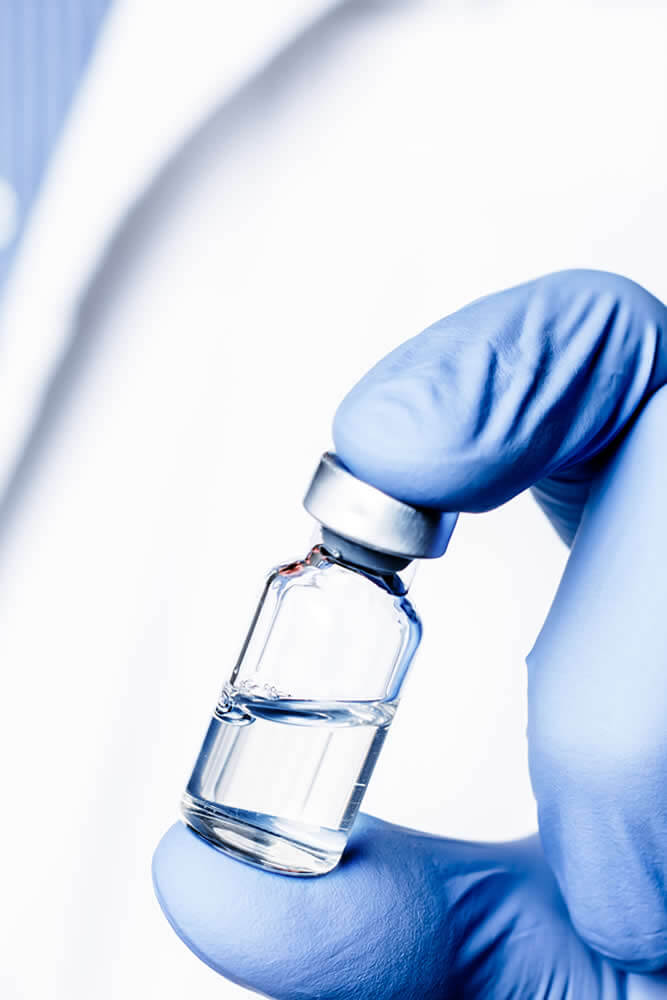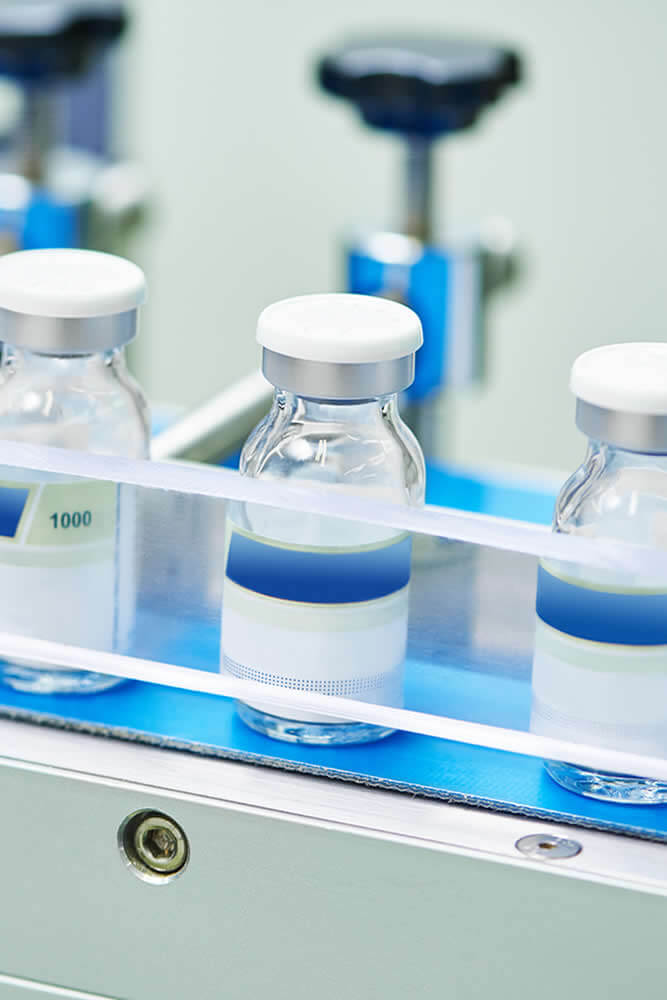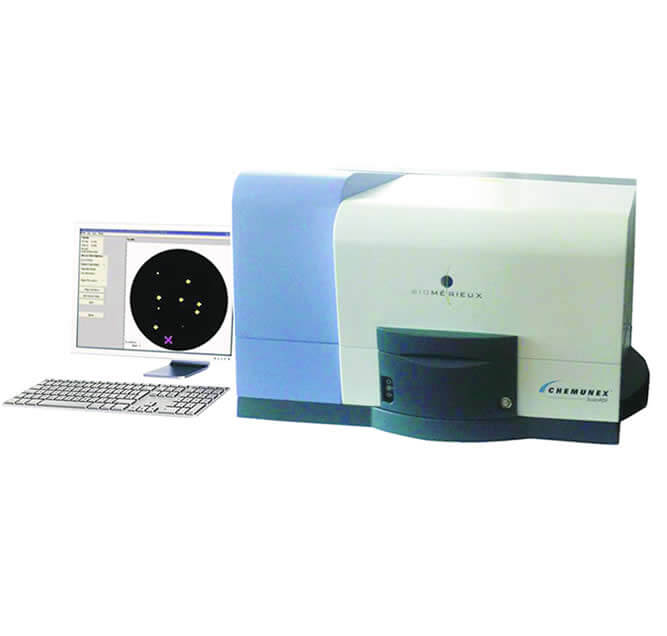While rapid microbiology methods have been in common use by the food, health and beauty aid industries for decades, the pharmaceutical industry has been slow to adopt these alternate methods. The FDA has voiced support of rapid microbiology methods for drug testing, as long as these alternative methods are properly validated and are demonstrated to be equal to or better than compendial methods. Compounded drug products, with their inherently short shelf lives, are a perfect fit for sterility testing by rapid microbiology methods.
Why FOCUS for ScanRDI?
FOCUS Laboratories partner Atlas Analytical can test sterile product in one day via a rapid SCAN RDI method. This method confirms sterility of product within one day, and is not dependent on slow growth procedures but chemiluminescent technology. The human operator interacting with it is properly trained and qualified. FOCUS performs all the necessary requisite qualification prior to an analyst entering a clean room to perform Sterility Testing: gowning qualification, environmental monitoring, aseptic transfer verification.
Call us at 610-866-7272 for a free quote.
- Background
The referee test is the USP <71> Sterility Test, it is a culture test that requires at least two weeks of incubation to confirm sterility. USP <71> is reliant on culturing any contaminants (bacterial, fungal, anaerobe, etc.) to a visible endpoint, equivalent to 10 colony forming units per mL for most microorganisms.
Validation Parameter |
Qualitative Test |
Quantitative Test |
|---|---|---|
Accuracy |
No |
Yes |
Precision |
No |
Yes |
Specificity |
Yes |
No |
Limit of Detection |
Yes |
Yes |
Linearity |
No |
Yes |
Range |
No |
Yes |
Repeatability |
Yes |
Yes |
Ruggedness |
Yes |
Yes |
The USP <71> Sterility Test is a qualitative, FOCUS uses the Qualitative Test criteria outlined by USP <1223> to validate ScanRDI.
The manufacturer of the ScanRDI filed a Drug Master File (DMF) with the FDA for the ScanRDI. As shown in the example above, client, Biomerieux showed essential elements of validation in the DMF, including specificity, limit of detection, repeatability and ruggedness. Validation strategy for compounding drug manufacturers is to adopt Biomeriuex’s data from the DMF but show specificity and method suitability for every specific drug product and formulation under test on their own.
Performance Qualification 1 (Biomerieux) |
Performance Qualification 2 (Testing Laboratory) |
|---|---|
Limit of Detection |
Analyst Qualification |
Specificity |
Product Suitability |
Robustness/Ruggedness |
Method Suitability |
- Limit of Detection
- Product Suitability
- Method Suitability
- Pseudomonas aeruginosa: A Gram negative rod, typically found in water and soil, a skin and pulmonary pathogen.
- Staphylococcus aureus: A Gram positive cocci, typically found on human skin, causative agent of skin infections, toxic shock syndrome, and food poisoning.
- Bacillus subtilis: A Gram positive spore forming rod, common to air and soil environments.
- Candida albicans: A yeast, causative agent of thrush.
- Aspergillus brasiliensis: A filamentous fungi, causative agent
- Clostridium species : An obligate anaerobe, clostridia species emit botulinum and tetanus exotoxins.
- Conclusion
It is rather routine to dilute chemical compounds to discrete amounts, such as 1 ppm or 1 ppb, to validate an analytical instrument. Not so for microbial methods, where colony forming units and microbial dispersion prove this more problematic. Biomerieux resolved this challenge by diluting the USP <71> challenge organisms to distinction and testing both method’s ability to detect the presence/absence of same. Each organism was tested 18 times. Each inoculum was verified to have a concentration of <5 cfu when analyzed by the plate count method. A chi-square test was performed to confirm the detection rate of the ScanRDI system was at least as high as USP <71>, in most cases it was better.
Suitability testing confirms that the product is indeed filterable, does not autofluoresce, and does not contain >50 nonviable fluorescent particles per filter.
ScanRDI will be able to detect each of the six USP <71> test species in the presence of sample filtrate. The organisms are introduced to the USP Fluid D wash after sample filtration, in the same fashion that they are introduced in the USP <71> Microbial Suitability Test. Ideally this validation is performed on three lots of product. The six test species cover the range of microbes one might find in compounded drug products:
ScanRDI will detect all of these various groups of microbes, including spores. The goal is to confirm that the drug product does not somehow squelch the reaction of the viability dye.
Utilizing this validated process, FOCUS has tested thousands of compounded formulations for sterility and assisted getting drug product to patients in days rather than weeks. The laboratory has also detected contaminated product with ScanRDI and helped prevent these from getting to the marketplace.



